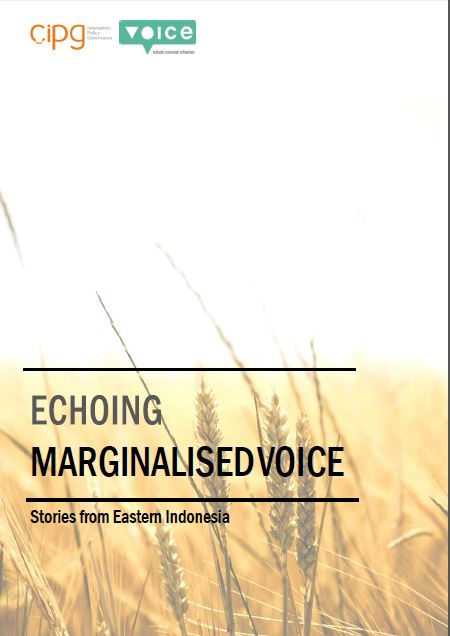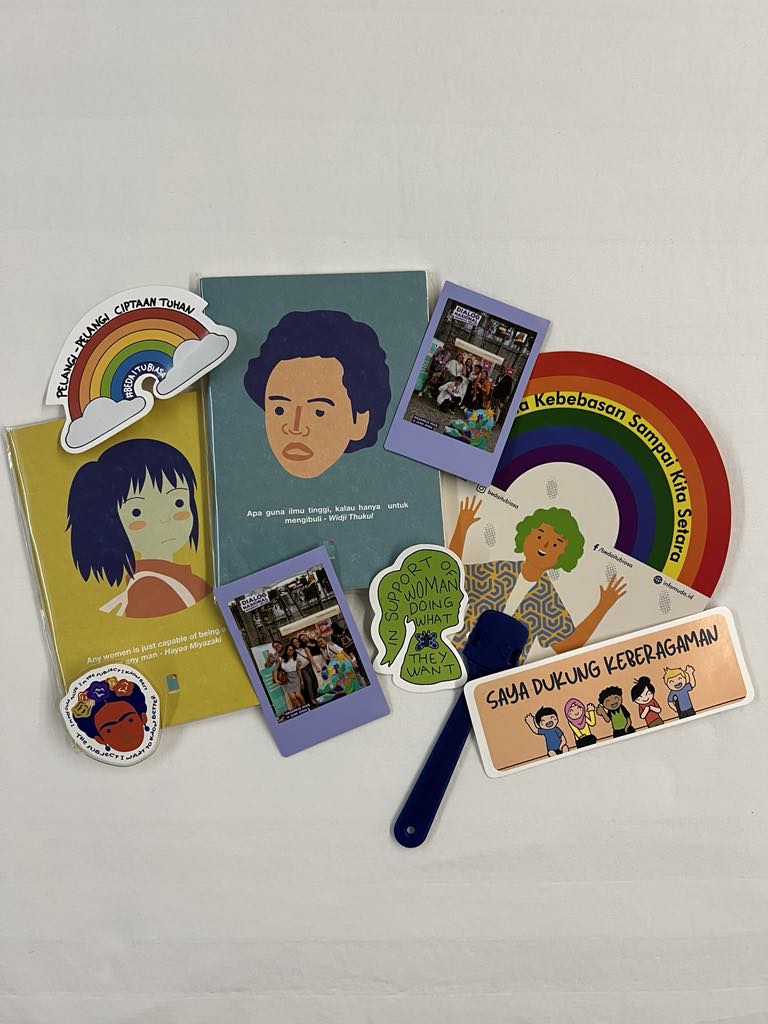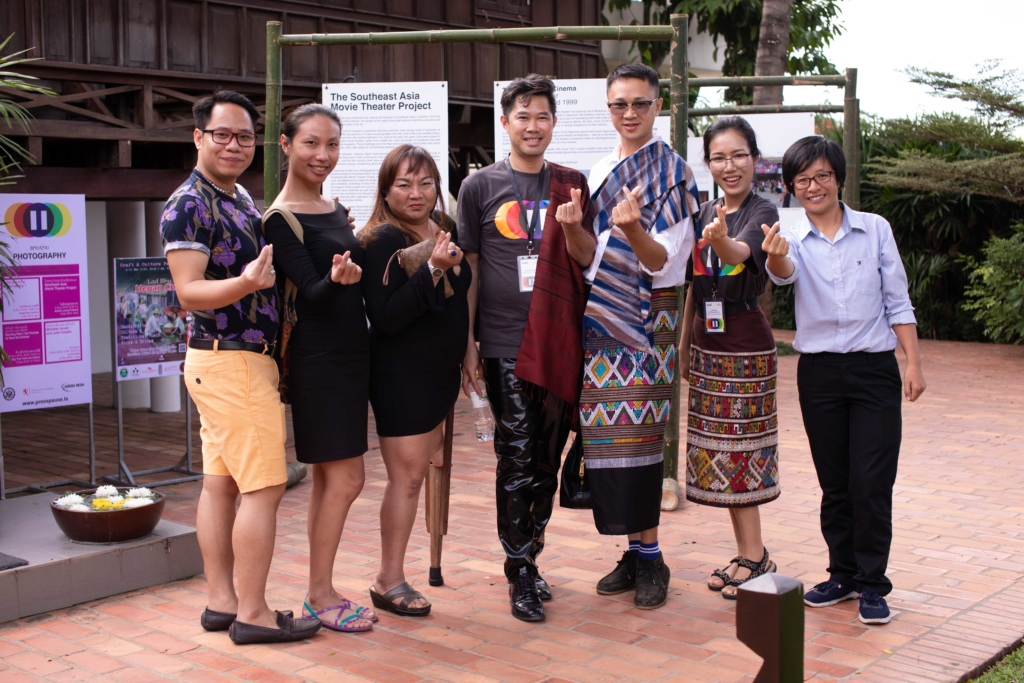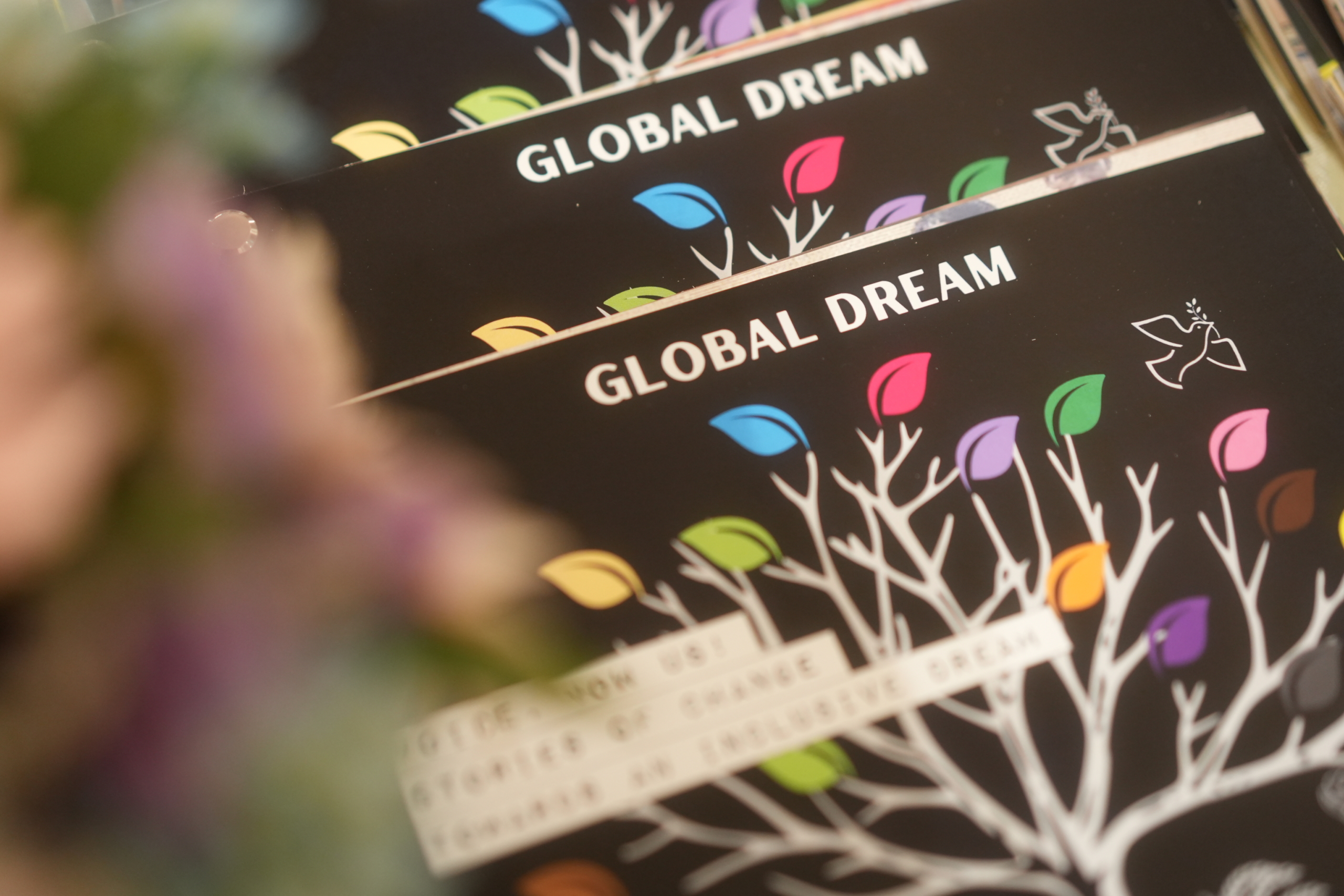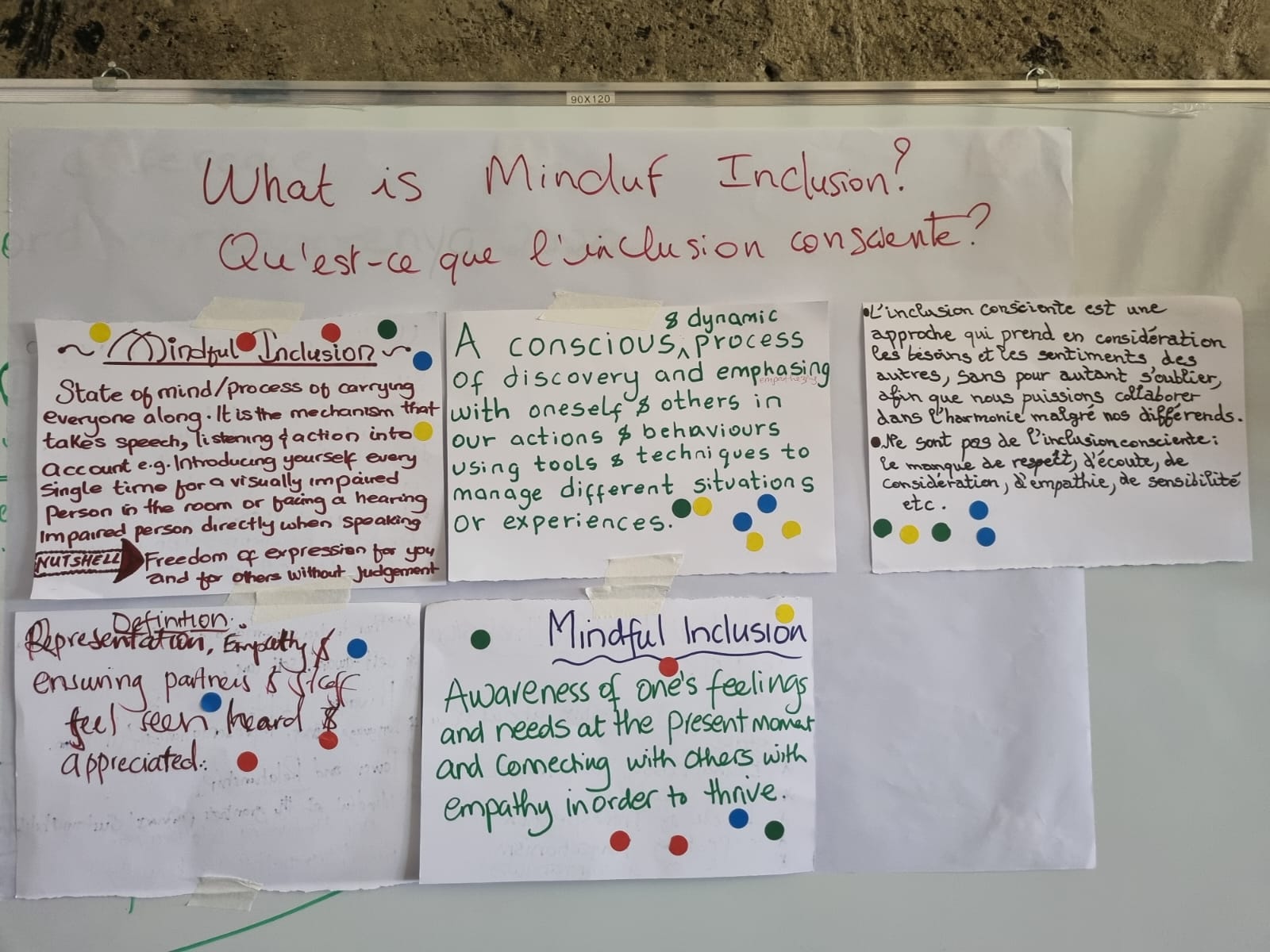Tutur Tradition; Archiving Reality with Stories
This article was written by Ahmad Rosidi, a major in Islamic Communication and Broadcasting.
Photos taken by Ahmad Ijtihad
The Centre for Innovation Policy and Governance (CIPG), an influencing grantee in Indonesia uses research to advocate with and empower communities. The result is a learning process highlighting the uniqueness of what needs to be heard, pushing for political participation.
The 18th of April 2018 is the second day of the so-called filing phase in Segenter Hamlet, Sukadana Village, Bayan District, North Lombok. It is the stage where the Segenter Hamlet collects data on traditional buildings or architecture that are still maintained and which have been turned into permanent house buildings.
Our arrival with Ijtihad (an incredible photographer) was during the second period after having spent several weeks in Segenter Hamlet to meet and interact with different people. We were particularly interested in seeking general information on the hamlet which had been pinned as a favourite traditional tourist destination in Lombok, especially North Lombok.
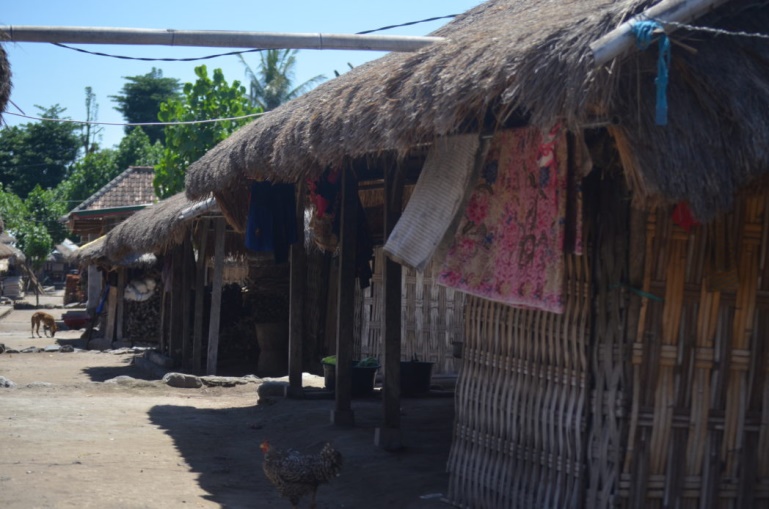
We decided to archive some of the information we obtained in the first period with regard to the traditional architecture. The traditional house, which is still being maintained, will eventually be changed and the houses completely transformed into permanent houses.
Apart from seeing the house, we paid attention to the activities of the residents. Almost 100% of its citizens are farmers and livestock keepers. They grow crops such as corn, cassava and beans, and rear livestock such as cows, goats, and chicken, lively transforming their homesteads. According to information that we gathered, residents who raise cattle, have at least five cows each.
During one of the nights, the sky was beautifully adorned with stars. After the evening prayer, we planned to meet with one of the residents named Jumanom. We were curious to learn more about him and his home. Good fortune came over; we were invited to have dinner together at his berugaq (home). Side dishes included: Tangon (long bean seeds) and pepes (anchovy with simple spices). We ate it ravenously; a pretty cheerful dinner while listening to an explanation of the dishes we ate.
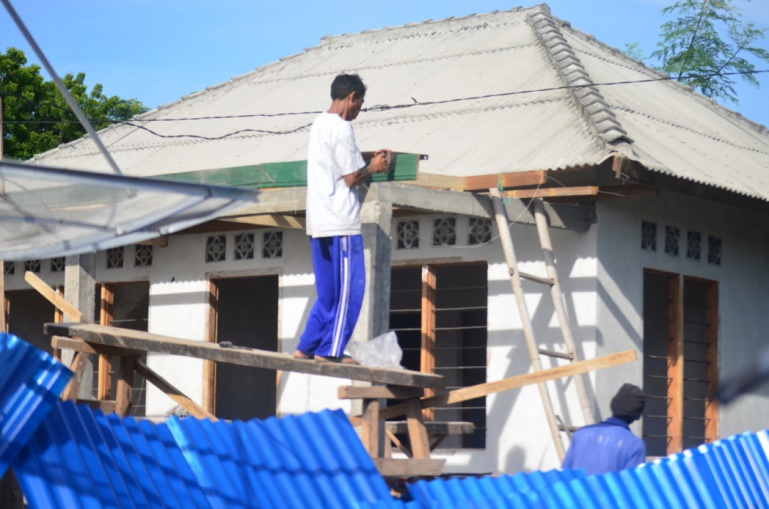
After eating, Jumanom narrated his experience on how to healthily care for livestock. His experience is very interesting, the way he treats his livestock is not complex and difficult. He also told about the strategy in buying livestock on the market, “If you want to buy cattle for rearing, don’t buy cattle that are fat, one should buy a thin cow. Besides the relatively cheap price, we can also measure the extent to which we pay attention to our cattle,” he explained. He also told of one of his friends who bought a cow in a fat state “There was a friend who bought a cow in the market, at that time he was with me, he was confused on which one to choose, but he preferred the fat one. A month later the cow turned thin because maybe he was negligent,” he added.
Jumanom’s experience rearing cattle was inseparable from the knowledge he got from his parents. He took part in a training organised by the government on how to care for livestock several years ago. “We used to get donations from cows from the government that were stamped with PTW (Permit to Work) on their bottoms. The way they stamp is also strange, using iron heated by fire and immediately stick it to the butt of the cow, “he said.
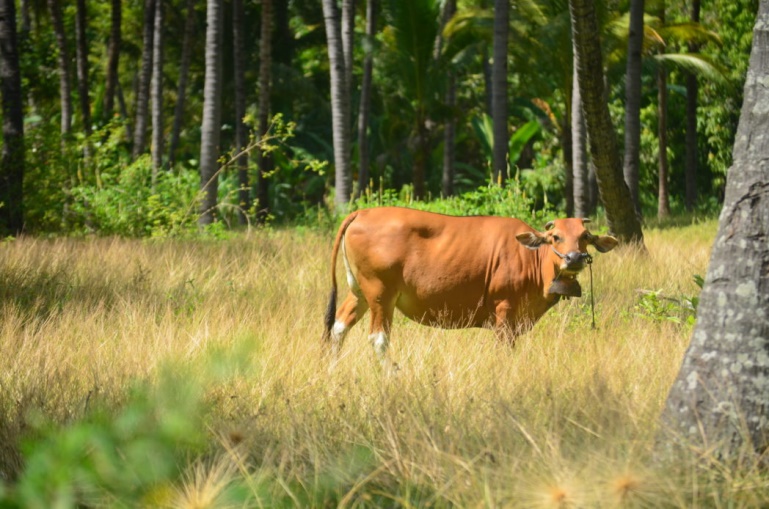
We also met with Papuq Genur, one of the residents in Segenter Hamlet. Paquq has interesting stories of fierce cows as well. It was quite evident that men around 63 years old have a distinctive spirit of telling stories that are different from others.
According to him, there was a time he took cows to the market for sale. One time, a cow did not want to get on the truck! “We decided that one of us had to be bait!,” He and his friends laughed out loudly, beating even the sound of the TV in the house next to the berugaq where we were sitting. Sure enough, the strategy chosen worked and Paquq Genur and his friends managed to bring the fierce cow to the truck. “Our way is to use bait, and one of us must be willing to be pursued by the cow. After a rather interesting chase, the cow finally got into the truck and we hurriedly closed the door.
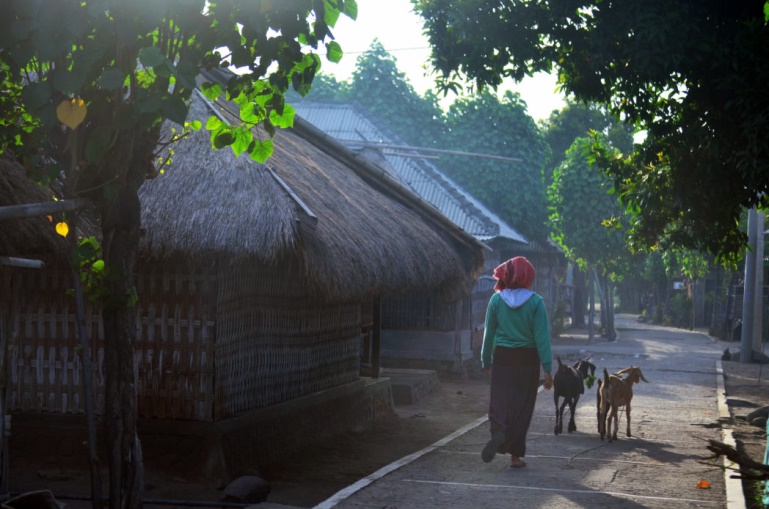
Apart from stories of cows and goats, we also heard stories about Peresean, a unique martial art practice in Lombok. Practitioners armed with a blade strapped using (rattan) on the tip of a cane and the protector called ende (shields made of buffalo or cow skin).
This particular martial art is so popular among residents of Segenter Hamlet, they all understand how the game works. The popularity of Peresean dates back decades ago and is ingrained in the heart of the residents’. One by one pepadu (swordsmen) from wherever they come from were recorded in the minds of residents. Segenter was able to make its best Pepadu (swordsmen) decades ago. But over time, the warriors migrated as Indonesian Workers (TKI) to Malaysia, Taiwan and several other countries. However, Segenter residents believe that one-day Peresean will develop even more rapidly and give birth to the best swordsmen.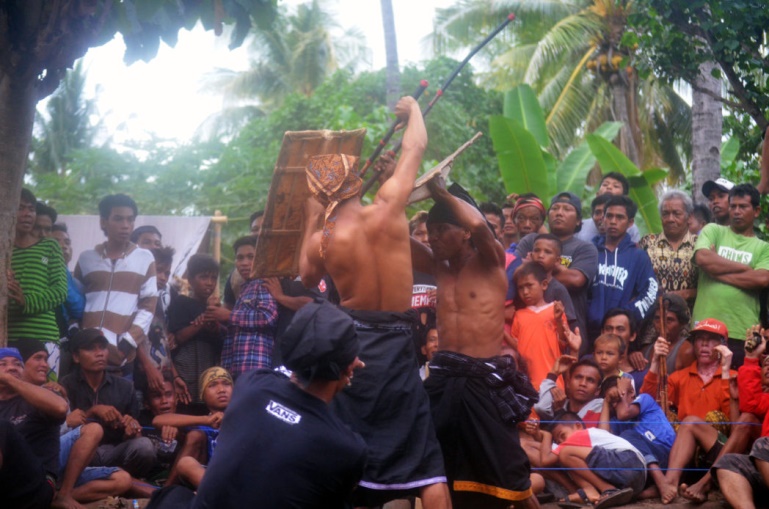
Peresean, a cultural performance held every Saturday in Trebis Hamlet, (next to Segenter village)According to Jumanom, he often participated in matches in several places whether it was in Bayan, West Lombok or even in East Lombok. He was a connoisseur whose blood also flowed from the blood of a pepadu who he called patarung kasaq (courageous fighter). He continued telling tales of his father who despite his age is still a Peresean wrestler, “Grandpa is indeed kasaq when playing. There is no retreat. In his terms, as long as the enemy dared, he would fight. Now, when the enemy isn’t there, his whole body feels itchy, he can’t wait to throw his rattan punch on an enemy’s head. “

